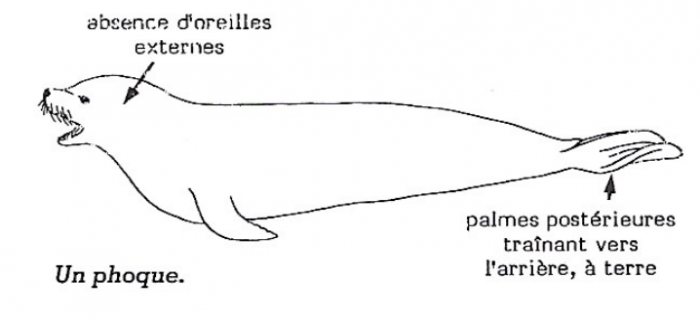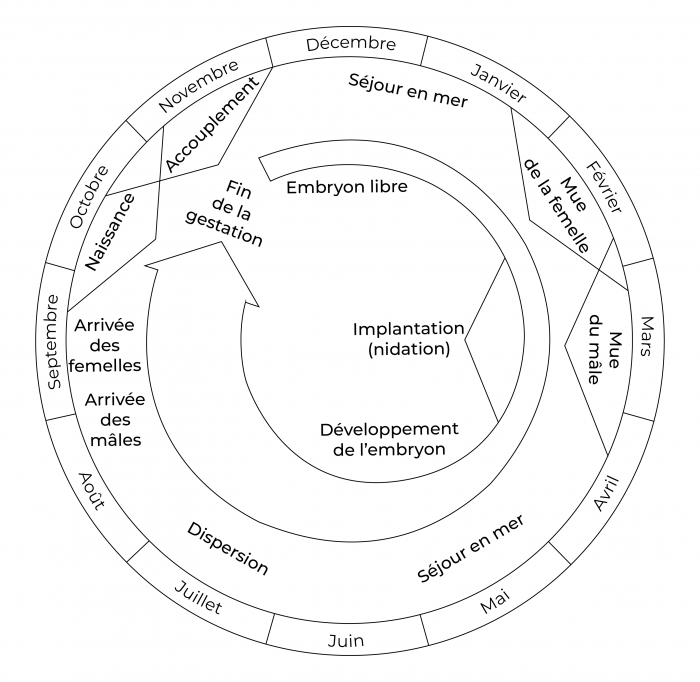Polar Encyclopædia
PINNIPEDS
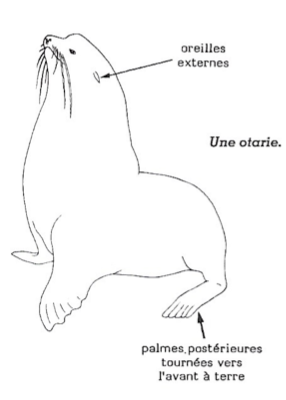
Sea lions were decimated until the beginning of the century because of their fur: effectively protected, their stock seems to have been reconstituted. Among the seals, only the elephant seals were largely slaughtered for their fat, which was transformed into oil until 1964 in South Georgia.
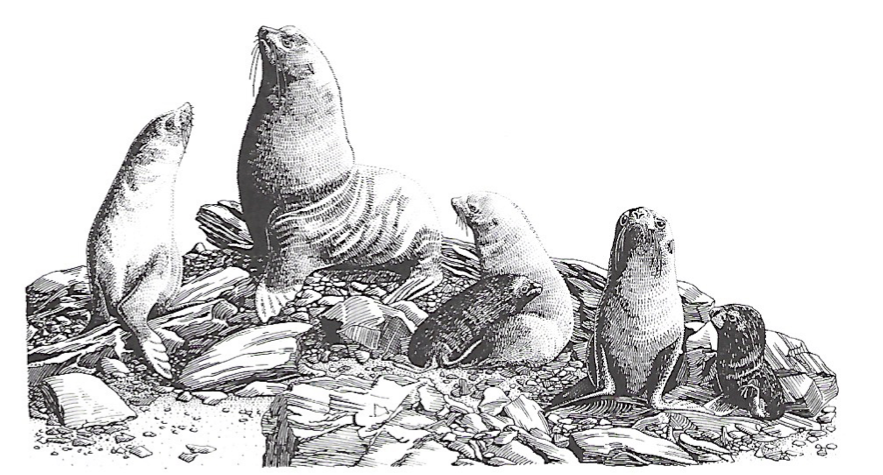
Sea lions, crabeater seals and Ross's seals
The Kerguelen sea lion (Arctocephalus gazella, 1.2 million individuals) and the subantarctic sea lion (A.tropicalis), very similar, are agile on rocks and like to play in the water while "porpoising". The calls of the young (or their sneezes!) resemble the cries of babies; in spite of their friendly appearance, one must be wary of adults and young that can bite.
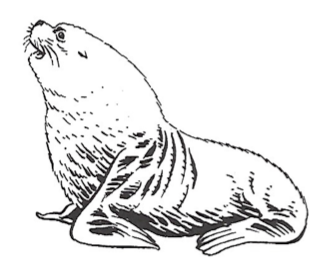
In the sea lion of the Valdes peninsula (Otaria flavescens), the males have a thick mane.
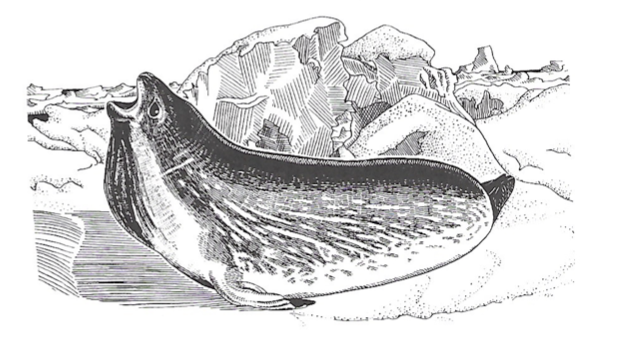
Ross' seals (Ommatophoca rossi, 500,000 individuals) and crab seals (Lobodon carcino¬ phaga, 15 to 40 million individuals) live among ice floes and under pack ice. Contrary to what was believed for a long time, the crabbers are the most numerous. They can be aggressive.
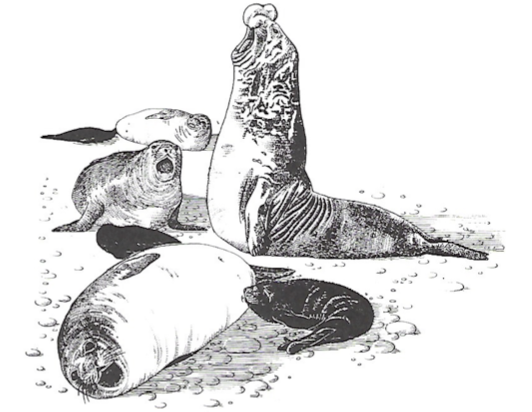
Elephant seal, leopard and Weddell seal
The elephant seal
(Mirounga leonina, 640,000 individuals), the largest of the pinnipeds, can reach 5.8 meters and 3.7 tons for males against 800 kg for females. A characteristic "proboscis" called proboscis swells in old males, certainly to amplify their hoarse cry.
Even if 300 000 animals occupy the coasts of South Georgia, their observation in the open sea is rare and their marine life remains poorly known. Very heavy and clumsy on land, elephant seals swim with surprising agility. Males engage in powerful fights during the breeding season.
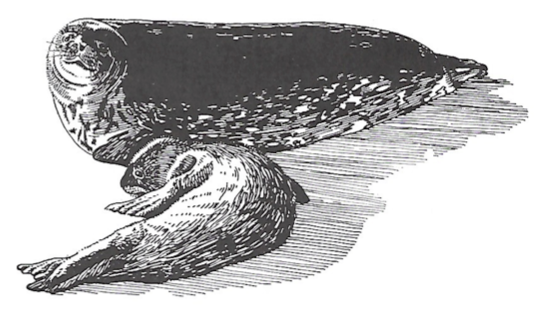
The Weddell seal
(Leptonychotes weddelli, 730 000 individuals) is the best known. It mates in the water and dives up to 600 m; it maintains openings in the ice to come and breathe. Its blood can store much more oxygen than that of humans and certain organs go into "sleep mode" during the dive, which allows Weddell seals to remain apneic for more than an hour. Its bronchial tubes, stiffened by rings and the absence of sinuses, help it to withstand the pressure. Its vocalizations allow it to communicate from land to water through the ice, and from water to land through water holes.
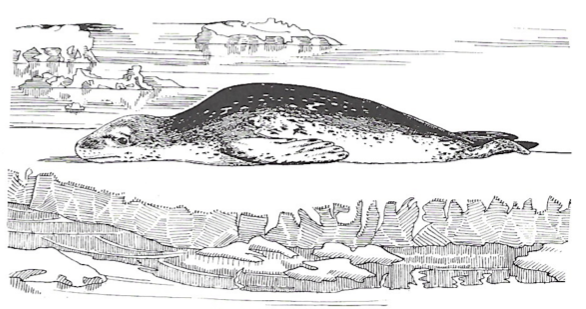
The leopard seal
(Hydrurga leptonyx, 222 000 individuals) very agile on land, it moves like a snake; it has no social life and is a formidable predator, from the ice floes to the sub-Antarctic islands. It is easily differentiated from other seals: spotted like a leopard, large head and snout, long neck.
More details :
- Phoques, morses, otaries (Tollu)
- Guide des oiseaux et mammifères (Prévost;Mougin)
- Atlas de la vie sauvage (Ed. René Malherbe)
- L'Antarctique (Trad. Avérous/Mazin)
- La Recherche n°5 105, 217
- Pour la science n° 118
- Fiches Fao (Hureau)
Support the project with a donation
The Polar POD expedition is one of the stamp of the pioners, a human adventure coupled with a technological challenge, an oceanographic exploration never before carried out which will mark a milestone in the discovery of the oceans.
Thank you for your support !
